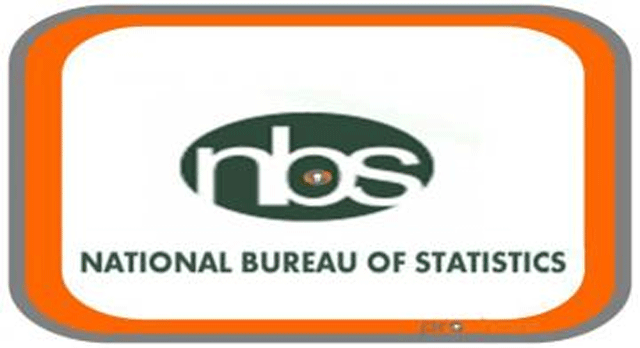
Rivers state has the highest unemployment rate of 41.82 per cent in the country in the third quarter of 2017 according to the National Bureau of Statistics. This implies that for every 10 persons in Rivers 4 are without anything doing. In its latest data released in Abuja it said that Rivers is followed by Akwa-Ibom with a 36.58 per cent unemployment rate. Bayelsa state the report said has 30.36 per cent, and Imo state 29.47 per cent while total unemployment and underemployment combined increased from 37.2 per cent in the previous quarter to 40.0 per cent in the third quarter of 2017.
However Katsina, Jigawa, Gombe, and Yobe states have the highest underemployment rates in Nigeria of 46.19 per cent, 43.01 per cent, 38.38 per cent, and respectively. It means that in Katsina the President’s home state for every 100 persons about 47 are underemployed.
On the average four out of every ten people in the Nigeria’s workforce were unemployed or underemployed by the end of September NBS said. Nigeria’s economy climbed out of its first recession in a quarter of a century in the second quarter, but economic growth remains sluggish. That has lead to a drought of work opportunities, contributing to a cycle of poverty that drives Nigeria’s yawning wealth inequality as well as social unrest.
NBS said “A return to economic growth provides an impetus to employment. However, employment growth may lag, and unemployment rates worsen especially at the end of a recession and for many months after,” adding that it expects unemployment to peak in the fourth quarter of 2017. By the end of September, Nigeria’s economically active or working population was 111.1 million people, said the NBS. Unemployment has increased to 18.8 percent of that population from 16.2 percent at the end of June, it said.
The combined proportion of people unemployed or underemployed was 40 percent at the end of September, up from 37.2 percent by the end of June, said the NBS report. NBS said that unemployment tends to be higher for people within the labor force that have post-secondary school 31.8 per cent unemployment rate and 50.0 per cent combined unemployment and underemployment. Graduates tend to prefer fewer in supply white collar jobs rather than often rural, seasonal and low skilled and lower paying blue-collar jobs that are more in supply. The unemployment rate increased from 14.2% in Q4 2016 to 16.2% in Q2 2017 and 18.8% in Q3 2017. The number of people within the labor force who are unemployed or underemployed increased from 13.6 million and 17.7 million respectively in Q2 2017, to 15.9 million and 18.0 million in Q3 2017.

